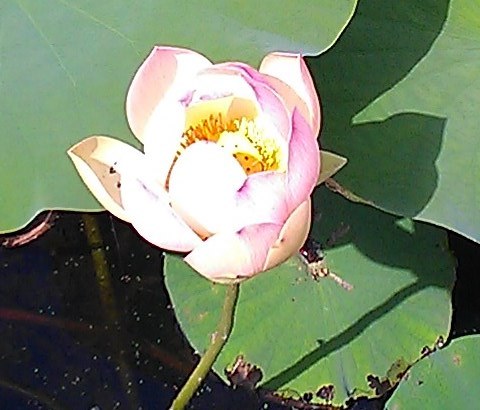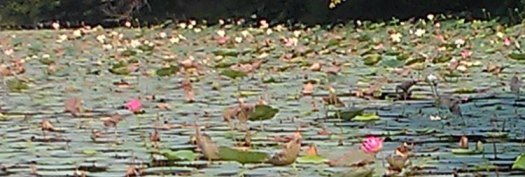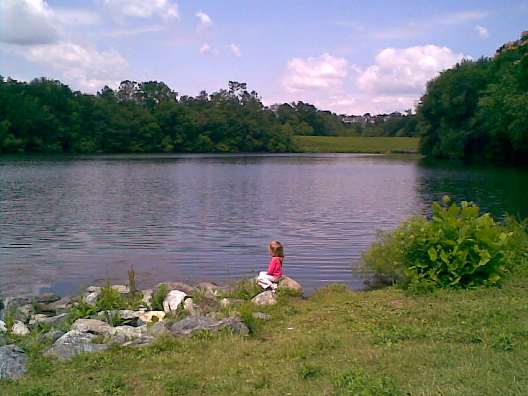Make time for it, Carly!
In part 1 of this series, I asked how it is that yoga helps us to nurture the kind of peace that we tend to experience in nature, like my discovering the lotus flowers on Lake Inspiration.
Lake Inspiration’s explosion of lotus flowers is no small deal to a yoga teacher. In yogic philosophy, the lotus flower often symbolizes the beauty that can arise out of the murkiness of confusion and suffering. There are so many ways to apply this lovely metaphor, like the way people come together in times of crisis, or those individuals whose childhood challenges have inspired them to become great humanitarians. The mud nourishes the flower. Struggle fosters character.
But today, as I take in this contrast, these bursts of pink and peach dappling the murk, I am thinking about a more bodily sense of nourishment.
In my yoga classes, we have been working with the idea of allowing, rather than fighting, different “feeling states”, whether they seem positive or negative. So this includes things like anger and pain.
You may be thinking, with the voice of Carly Simon in your head, “I haven’t got time for the pain… Haven’t got room for the pain…”* (Bonus points if you remember the 1980’s Medipren commercial, which shows women who haven’t got time for the pain of menstrual cramps because they need to ride horses.)
Humor aside, of course there are times when medicines are an important part of the healing process. But I would like to offer a radical idea. Our so-called negative feeling states, like anger, sadness and pain, are in some ways nourishing to our wellbeing.
We are so accustomed in our society to dis-allowing our difficult feeling states (both emotional and physical), that we can miss out on our bodies’ messages and intrinsic mechanisms for healing. Teachers like Tara Brach, whose methods have helped so many, including people suffering from trauma and drug addiction, show us the profound healing that is made available when we practice allowing our difficult feeling states.
She encourages her clients to mentally whisper an affirming word or phrase when a challenging feeling arises. Tara notes that “even the first gesture of allowing, simply whispering a phrase like ‘yes,’ or ‘I consent,’ begins to create a space that softens the harsh edges of your pain.”
In part 3 of this series, we’ll explore how current neuroscience research may give us a clue as to why experiencing our pain, rather than walling it off, works. And we’ll see just how this science aligns with wisdom from comedian Louis CK. See you tomorrow!
*(Actually Carly Simon’s lyrics tell us that, since she learned to open her heart and quiet her mind, she hasn’t the need for the pain. Maybe she was practicing yoga?)



